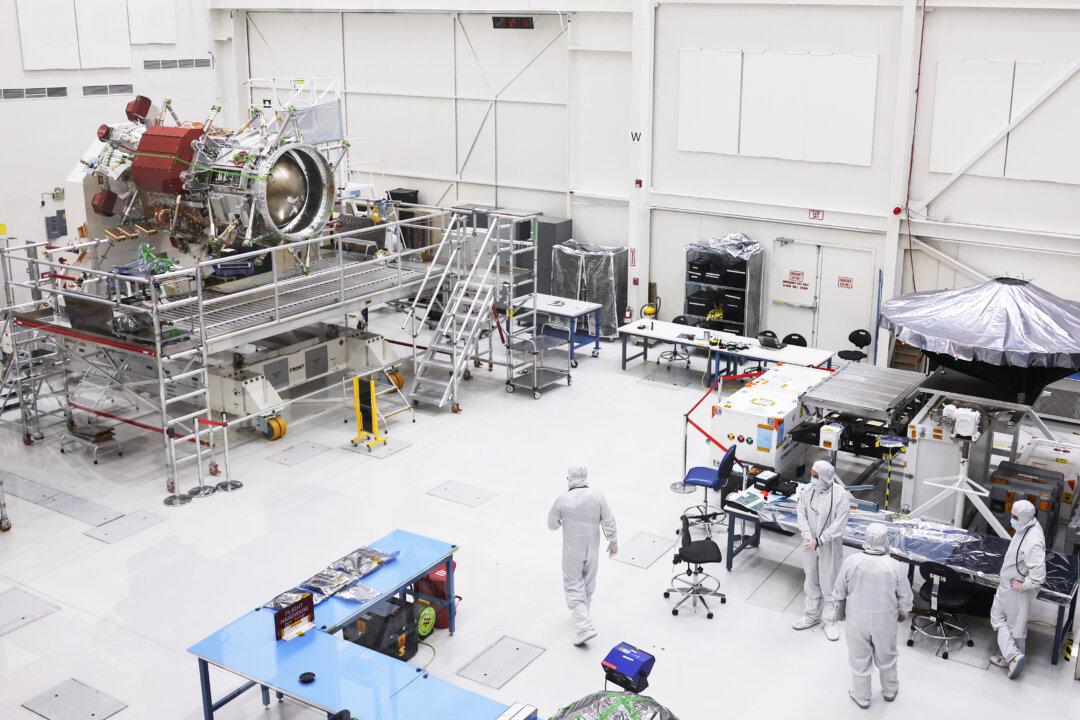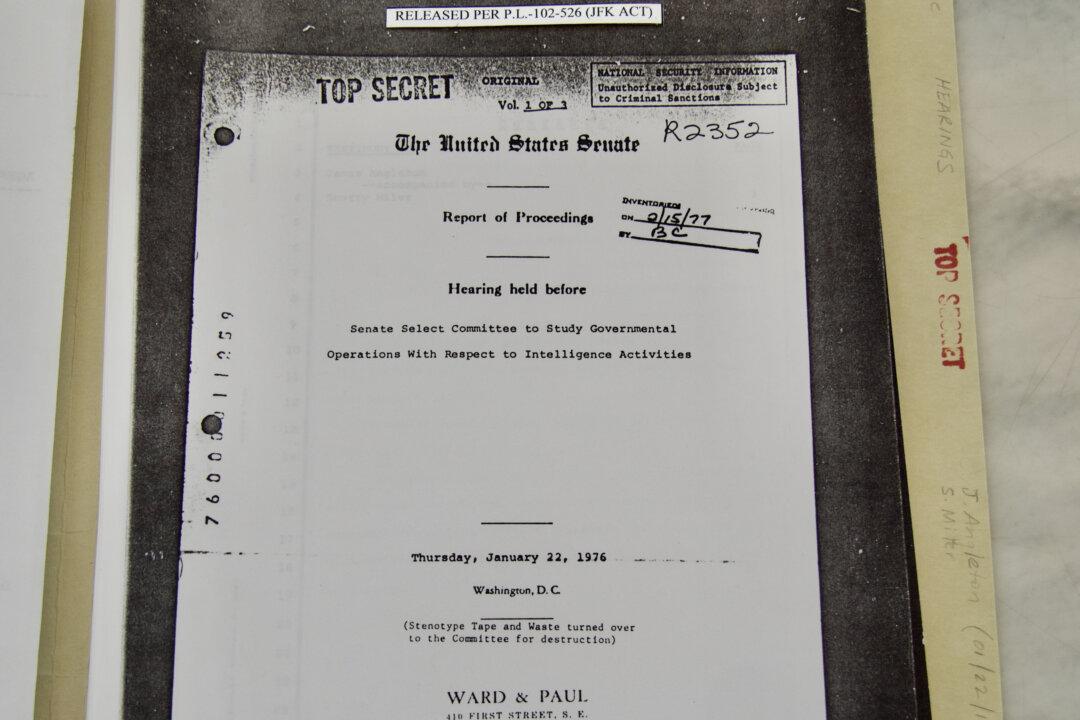Some California lawmakers are raising concerns about a decision by NASA to reduce funding for a planned mission to return samples from Mars, suggesting such would lead to the loss of hundreds of high-paying jobs.
In a letter written to NASA Administrator Bill Nelson Nov. 21, signed by four congressmembers and both senators from the Golden State—all Democrats—the lawmakers requested NASA reconsider the decision.
“This short-sighted and misguided decision by NASA will cost hundreds of jobs and a decade of lost science, and it flies in the face of Congressional authority,” the letter reads.
At issue are plans announced in a Nov. 8 letter sent by the space agency to Jet Propulsion Laboratory—a research and development center located in Pasadena, north of Los Angeles—to reduce funding for the Mars mission, with resources reallocated to other programs and facilities.
Positions at the laboratory are filled by those with advanced skills, according to the authors, who noted that such traits in employees are in high demand.
“If forced to operate at the unnecessarily low funding level prematurely directed by NASA in its November 8 letter, the Jet Propulsion Laboratory (JPL) will not be able to meet the 2030 launch window, billions of dollars in contracts supporting American businesses will be subject to cancellation, and hundreds of highly skilled jobs in California will be lost,” the authors wrote. “This talent represents a national asset that we cannot afford to lose, and if this uniquely talented workforce is lost to the private sector, it will be near impossible to reassemble.”
Originally proposed as a $5.3 billion operation, approximately $2 billion has already been spent in research and preparation for the Mars Sample Return mission, and current estimates to complete the objective trend as high as $11 billion, according to the space agency.
Some lawmakers in Washington, D.C. have repeatedly called for the mission to be capped at its original price tag, which some argue could jeopardize the future of the program.
Echoing arguments made decades ago about the space race, the authors suggested such investment is needed to keep pace with Chinese and Russian ambitions.
“The capabilities demonstrated and science returned by [the mission] would ensure American leadership with regard to Mars and pave the way for eventual human exploration of the planet,” the lawmakers wrote. “Therefore, we are mystified by NASA’s rash decision to suggest at this stage of the ... process that any cuts would be necessary.”
While congressional support was split during budget negotiations this year—with the House supporting full funding of more than $940 million and the Senate suggesting a budget cut of more than $600 million for the mission—budgets for fiscal year 2024-25 have not been finalized, a point noted by supporters of the project who suggested any decision made beforehand is premature.
Federal budget uncertainty was highlighted at NASA’s Planetary Science Advisory Committee meeting Nov. 13, where spokespersons noted the dilemma facing the agency, given the importance of the program and the lack of money to fund all projects underway.
“We are all operating in a constrained budget environment, and we can’t do everything that is planned,” slides presented to the committee read. “[Mars Sample Return] remains a NASA priority over the next decade, and difficult choices will need to be made in the near-term.”
Seeking to assure colleagues that the idea of returning material from Mars—now decades in the making, with more than $20 billion invested—still has potential, Sandra Connelly, NASA’s deputy associate administrator for science, told committee members and those watching the web conference that she understands the implications of the decision, but stressed that such was needed to ensure the stability of the program.
“It’s very unfortunate that we have to make this decision at this point,” Ms. Connelly said during the meeting. “However, the intent is to enable sufficient funding to carry us throughout the year so we can continue working on and architecting this mission.”







